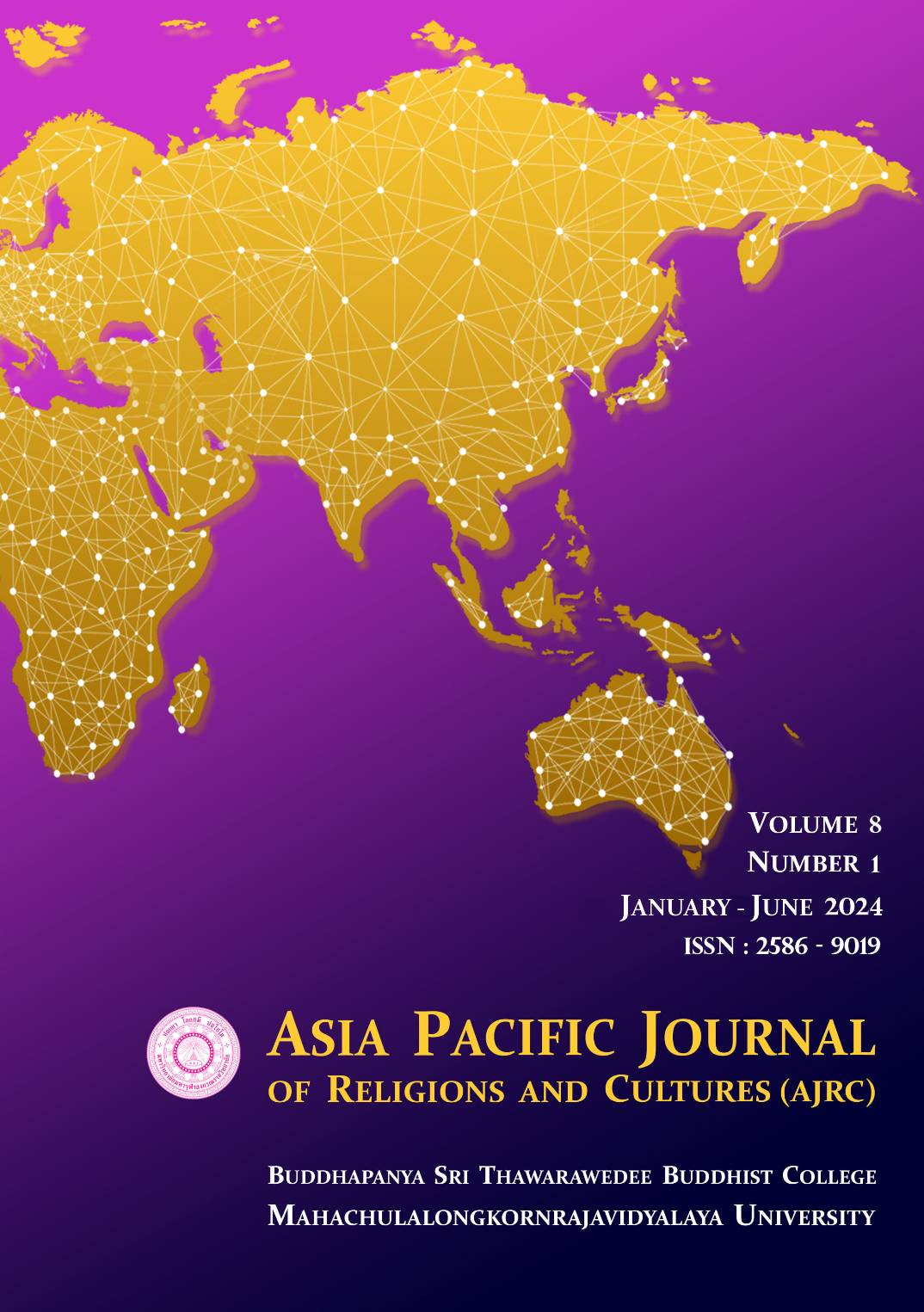The Study of Vocal Music in the Context of Ancient Chinese Poetry
Main Article Content
Abstract
This research aims to explore effective pedagogical approaches to enhance students' vocal expression and proficiency in performing ancient Chinese poetry art songs. Drawing on the rich legacy of ancient Chinese poetry from the Han, Tang, Song, and Yuan dynasties, this study examines the intricate interplay between poetry and vocal technique. Through detailed analysis and practical application, the research seeks to uncover the essence of emotion and storytelling within the lyrical beauty of these poems. The study also explores the role of the guzheng, a traditional Chinese instrument, in complementing vocal performances and enhancing musical imagery. Findings from this research provide valuable insights into successful teaching methods for integrating ancient poetry into vocal training. Recommendations include incorporating historical and cultural context into lessons, emphasizing vocal interpretation and emotional expression, and utilizing the guzheng to enhance musicality. By bridging the gap between ancient poetry and contemporary vocal artistry, this study aims to elevate students' appreciation and proficiency in performing ancient Chinese poetry art songs. Overall, this study contributes to the pedagogical understanding of vocal music in the context of ancient Chinese poetry, offering practical strategies for educators and performers alike. Through the exploration of vocal technique, emotional depth, and cultural resonance, students can develop a deeper connection to China's literary and musical heritage.
The importance of preserving and promoting these art forms, ensuring they remain vibrant and relevant in contemporary education. Students are not only exposed to the beauty of the melodies but also to the deep emotions and historical narratives embedded within the lyrics. This study serves as a testament to the enduring value of ancient Chinese poems and art songs in vocal music education, paving the way for their continued use and exploration in the modern classroom.
Article Details

This work is licensed under a Creative Commons Attribution-NonCommercial-NoDerivatives 4.0 International License.
References
Fu, L. (2020). Research on the reform and innovation of vocal music teaching in colleges. Region-Educational Research and Reviews, 2(4), 37-40.
Fuller, M. (2020). An introduction to Chinese poetry: from the Canon of poetry to the lyrics of the Song dynasty. Brill.
He, M., Chen, Y., Zhao, H., Liu, Q., Wu, L., Cui, Y., Zeng, G., & Liu, G. (2023). Composing Like an Ancient Chinese Poet: Learn to Generate Rhythmic Chinese Poetry. Journal of Computer Science and Technology.
Krathwohl, D. R. (1973). Taxonomy of educational objectives: Affective domain.
Liu, Y., Fang, X., Dai, J., Wang, H., & Tao, Z. (2021). Could phenological records from Chinese poems of the Tang and Song dynasties (618–1279 CE) be reliable evidence of past climate changes? Climate of the Past, 17(2), 929-950.
Lo, F.-J., & Tsao, W.-C. (2008). A study of leading words in the Lyrics of Tang and Song Dynasties. Language and linguistics, 9(2), 189-220.
Mendelssohn, M. (1997). Moses Mendelssohn: Philosophical Writings. Cambridge University Press.
Pak-sheung, N. (2020). Cultural Interactions and Competitions: The Case of the Song Dynasty (960–1279) and the Southern Tang (937–965). Journal of the Jao Tsung-I Academy of Chinese Studies, (7), 255-319.
Philippe, S., Souchet, A. D., Lameras, P., Petridis, P., Caporal, J., Coldeboeuf, G., & Duzan, H. (2020). Multimodal teaching, learning and training in virtual reality: a review and case study. Virtual Reality & Intelligent Hardware, 2(5), 421-442.
Spatioti, A. G., Kazanidis, I., & Pange, J. (2022). A comparative study of the Addie instructional design model in distance education. Information, 13(9), 402.


